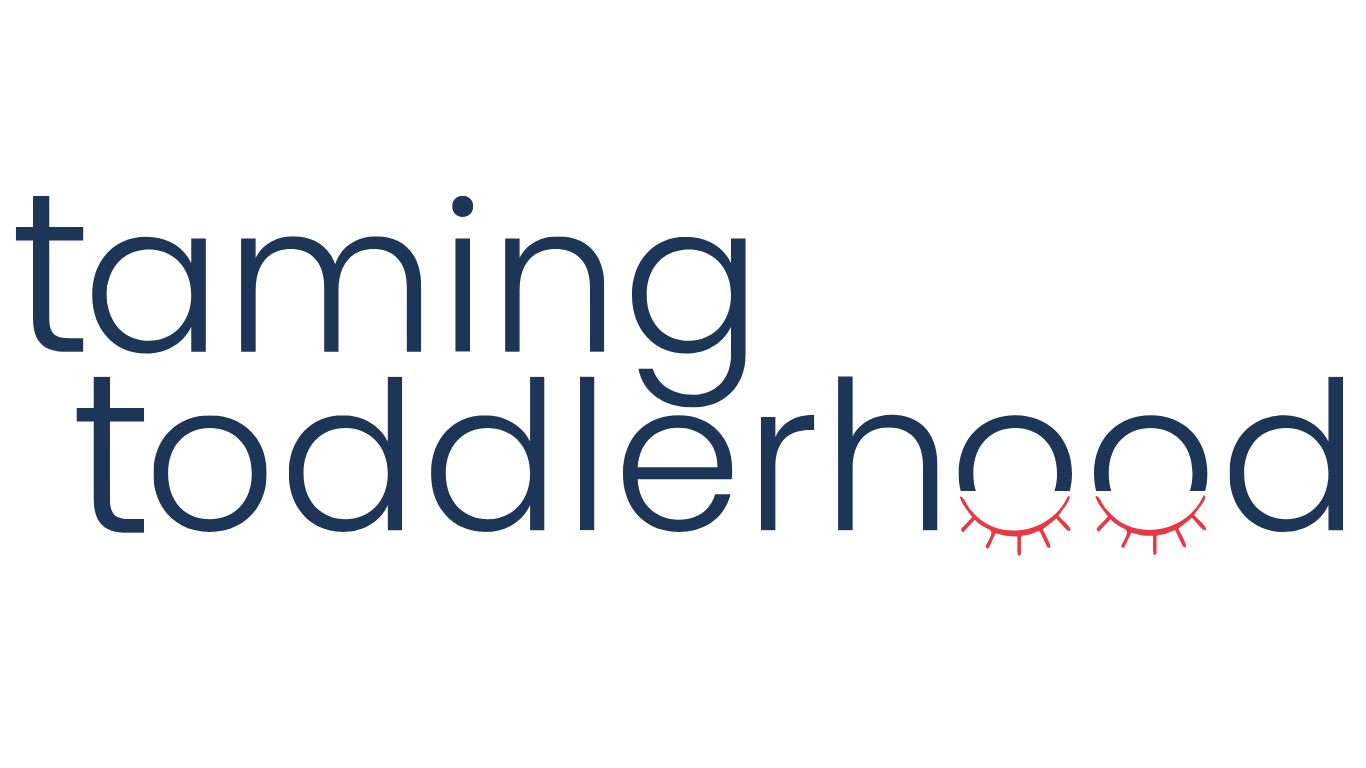
If the idea of play-wrestling, tumbling or tickle fights before bed makes you nervous, you’re not alone. Many parents worry that roughhousing will wind their child up and make sleep even harder. But what if I told you that big body play could actually help your toddler calm down, regulate their nervous system, and settle more easily at bedtime?
It all comes down to co-regulation and how you and your toddler move together, play together, and settle together.
Roughhousing, or what researchers call “big body play,” is physical, energetic play that involves close contact, think wrestling on the bed, play-fighting with clear rules, climbing on your back, or being chased and caught with giggles and squeals.
It’s not chaotic or aggressive when done with care. In fact, it’s built on connection, consent, and attunement. You’re reading your child’s cues, noticing when they’ve had enough, and offering both fun and safety.
At first glance, it might seem counterintuitive. But big body play is a brilliant regulation tool, and that’s exactly what toddlers need in the run-up to sleep. When you roughhouse in the hour before your bedtime routine, it:
Toddlers carry a lot of invisible stress. Big body play gives them a way to release physical tension, express big emotions, and let go of their day through movement and laughter.
Instead of bottling it all up (and exploding at toothbrushing time), they get to shake it off with your support.
Co-regulation is when your calm, engaged presence helps your child’s nervous system settle. During roughhousing, you’re close face-to-face, eye-to-eye, and emotionally attuned. You laugh together, pause together, and slow down together.
That physical rhythm – the up and the down – helps your toddler learn how to come back to calm. And the more calm and connected they feel with you, the easier it is for them to let go into sleep.
Through big body play, toddlers learn where their body ends and yours begins. They practice self-control (e.g. stopping on cue), learn about consent (“Are you okay?” “Do you want more?”), and start to internalise the idea of limits in a joyful, supportive way.
This shows up later at bedtime when you say “One more story, then sleep” and they believe you. They’ve practiced boundaries in play, so they can tolerate them at rest.
You don’t need to be a super playful parent. You don’t even need lots of space. What matters most is your presence and willingness to join in.
Here are some easy, toddler-friendly big body games to try in the late afternoon or early eveni
You each try to pull off the other’s socks while keeping yours on. Great for giggles and body coordination.
Let your toddler ride on your back, then dramatically flop to the floor. “Oh no! The horse fell asleep!” You’ll get laughter and pretend play in one go.
Tickle your child gently, then freeze mid-move. They’ll love the anticipation and rhythm.
Use cushions, blankets and chairs to create a climbing-and-crawling course. Add “roar like a lion” or “jump like a frog” moments to add imaginative fun.
Chase your toddler around the room—very slowly! This burns energy while also inviting control and calm.
Yes, at first. And that’s okay.
Big body play is like a rollercoaster. It climbs, peaks, and then coasts back down. Your job is to help your toddler come down gently after the play is done.
💡 Top Tip: Transition from roughhousing into your bedtime routine with a winding-down ritual:
A deep-pressure cuddle
Gentle massage
A warm bath
A story under a blanket
Or even a simple “blow out the candle” breathing game
You’re showing them how to move from wild to still, from activated to restful, together.
Dr. Lawrence Cohen (author of Playful Parenting) has long championed roughhousing as a way to deepen connection, boost confidence, and build emotional intelligence.
Dr. Laura Markham, too, reminds us that play is children’s language and when we join them in it, we strengthen our bond and build cooperation, not conflict.
Big body play is now widely recognised in early childhood circles as essential for social-emotional growth, and more and more sleep experts are noting its power for regulation.
If your evenings often feel like a battle, consider this: your toddler might not need more firmness or more control. They might just need more play. More contact. More chances to move and be silly with you before they rest.
Roughhousing is not rough. It’s a love language in motion, one that teaches your child how to come back to calm with you by their side.
And when they’ve had that… bedtime just gets easier.
